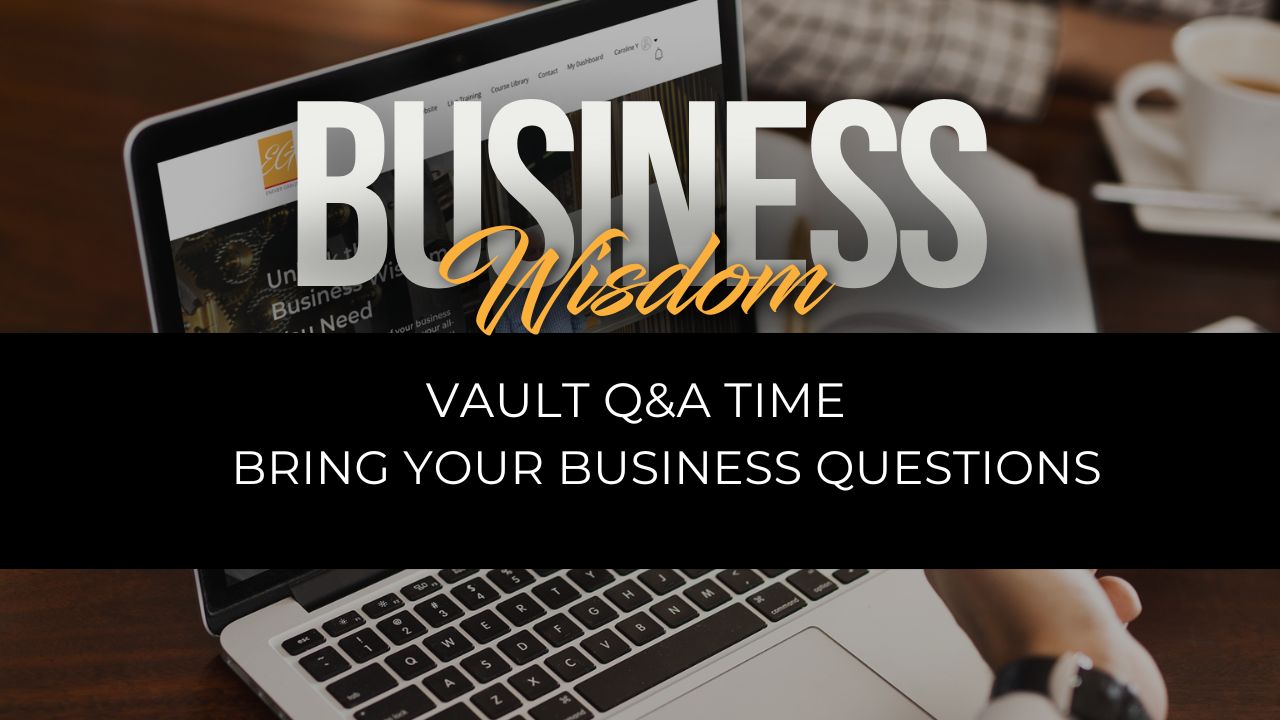In today’s competitive business landscape, customer loyalty can make or break a company’s success.
But how do you cultivate loyalty among your clients, investors, partners, staff, and suppliers?
The secret lies in understanding your business and clearly articulating your mission. So let’s explore the key elements of loyalty in business and how you can create a strong foundation for long-term success, including:
- Why loyalty starts with a clear definition of your identity, including who you are, what you do, how you do it, when you do it, and who you do it for.
- How this relates to your Mission statement and more
- Why creating loyal customers involves delivering consistent value and exceeding expectations creates loyal customers who become brand ambassadors.
Understanding your business and stakeholders
To build loyalty, you must first have a deep understanding of your business. This goes beyond knowing what you do and how you do it. It involves understanding who your ideal clients are, what outcomes they desire, and how you can deliver value to them consistently.
Your Mission statement plays a crucial role in this process. It should clearly articulate everything about your business, including what you supply, how you supply it, and the terms and conditions.
Most importantly, it should highlight the outcomes your business delivers for the customer. By defining your mission, you can easily identify your ideal client and shape your business around their needs.
Building loyalty with clients
When your mission is clear, it’s easy to communicate and connect with your clients.
Your Mission Statement not only describes your ideal client but also reveals how to engage with them effectively. By understanding their desired outcomes, you can tailor your conversations to address their needs and provide exceptional customer experiences.
Consistency is key in building loyalty. You must consistently deliver what you promise, ensuring that your actions align with your mission. By doing so, you build trust and credibility with your clients, making them more inclined to remain loyal to your business.
Motivating and engaging your staff
Your Mission Statement should also resonate with your staff. When your employees hear and understand your mission, they become aligned with your vision for customer satisfaction.
This alignment makes it easier to motivate and engage your staff, as they share the same goal of creating happy customers.
With motivated staff, customer service issues are reduced, and you can focus on delivering exceptional experiences.
Choosing the right suppliers
Your Mission Statement should extend beyond clients and staff to include your suppliers.
By selecting suppliers who are aligned with your outcomes, you create a chain of supply focused on delivering your preferred results. When your suppliers share your goals, they become true partners in your success, ensuring high-quality products and services for your clients.
Creating raving fans
As you consistently deliver on your mission, your loyal clients become natural ambassadors for your business.
They become advocates who are eager to recommend you to their friends, acquaintances, and business associates.
With loyal ambassadors, you don’t have to invest heavily in marketing strategies to encourage recommendations. Instead, your satisfied clients spread the word organically, driving new customers to your business.
Highlights
- 00:34 – Understanding all stakeholders
- 01:22 – The power of a mission statement: How to articulate everything about your business and the desired customer outcome.
- 01:58 – Identifying your ideal client
- 02:22 – Building staff loyalty
- 02:51 – Choosing suppliers who share your vision and commitment to customer outcomes.
- 03:23 – How delivering value consistently leads to natural recommendations and brand ambassadors.
Resources

Discover More in Honing Your Vision and Mission
Values, Mission, and Vision are the foundation of a business. Understanding them clearly makes for a more simple business life.
In this mini-course we look at what Vision and Mission are and how to hone yours.
This course will lead you through the difference, how to create each and why they are vital to your success.









